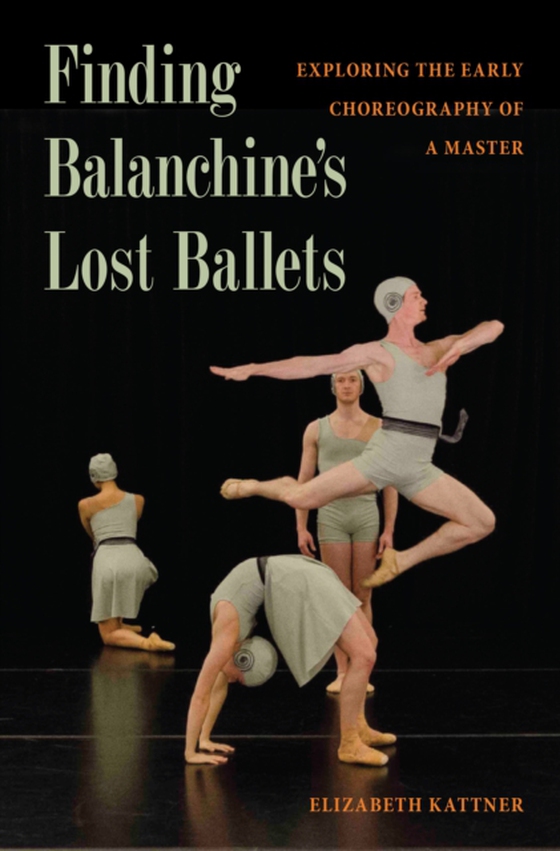
Finding Balanchine's Lost Ballets e-bog
948,41 DKK
(inkl. moms 1185,51 DKK)
Ever since George Balanchine arrived on the American dance scene in 1933, his revolutionary, fleet-footed repertoire has been immortalized in the ballet canon. Yet most of the works he created in Russia as a budding choreographer have been lost to history-until now. In the first book to focus exclusively on Balanchine's Russian ballets, Elizabeth Kattner offers new insights into the artistic ev...
E-bog
948,41 DKK
Forlag
University Press of Florida
Udgivet
20 oktober 2020
Længde
192 sider
Genrer
ASDC
Sprog
English
Format
pdf
Beskyttelse
LCP
ISBN
9780813057668
Ever since George Balanchine arrived on the American dance scene in 1933, his revolutionary, fleet-footed repertoire has been immortalized in the ballet canon. Yet most of the works he created in Russia as a budding choreographer have been lost to history-until now. In the first book to focus exclusively on Balanchine's Russian ballets, Elizabeth Kattner offers new insights into the artistic evolution of a legend through her reconstruction of his first group ballet, Funeral March.Drawing on more than a decade of research conducted in archives in the United States and Europe, Kattner synthesizes textual descriptions, photographs, musical scores, and the comparative study of other early Balanchine ballets in order to re-create this forgotten work. By interpreting and building upon these historical findings in the studio and in performance, this project enables dance history to be experienced kinesthetically. Addressing the controversy surrounding whether unrecorded dances should be reconstructed in the first place, Kattner meticulously describes her research methodologies, providing a valuable resource for other scholars seeking to revive history in this way.Finding Balanchine's Lost Ballets enriches our understanding of Balanchine's development as a choreographer through its ambitious, original approach to the subject. Kattner argues for the importance of dance reconstruction, when correctly approached, as a tool for reimagining the past and charting the future possibilities of dance history research.
 Dansk
Dansk

